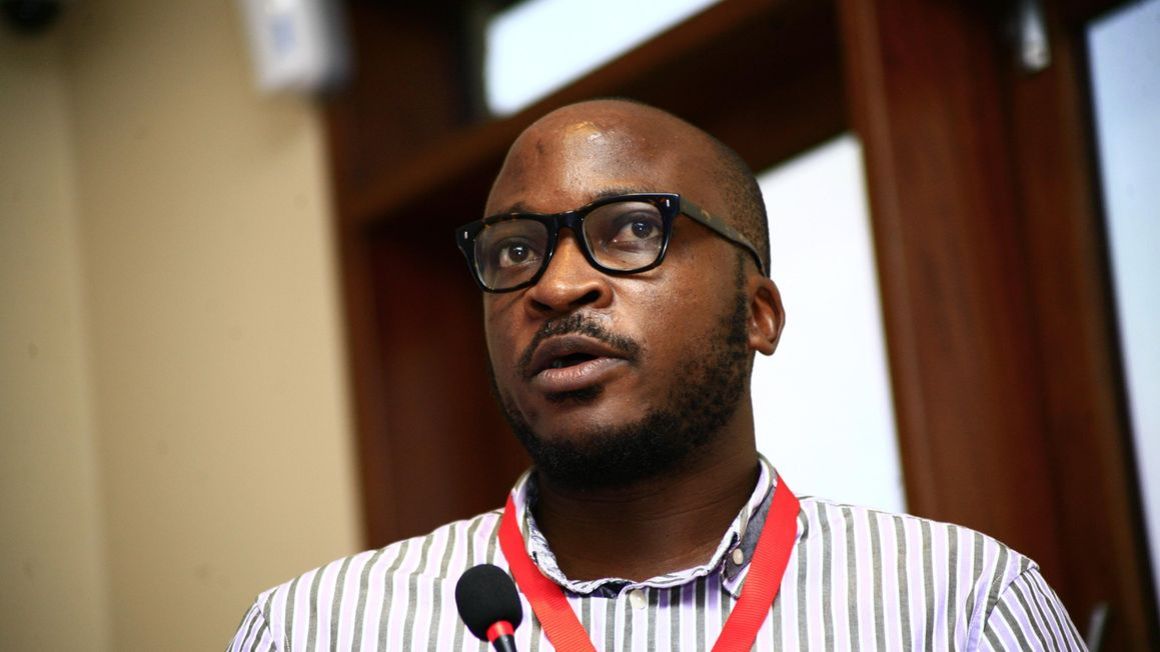Prime
New affordable housing plan is just gimmicky, like those gypsum ceilings

Daniel K. Kalinaki
What you need to know:
- Let’s start with the supply side. Houses are expensive because the cost of building in Uganda is high, due to the relatively high cost of cement, steel rebar, and other fittings. A 50kg bag of cement in Nairobi currently costs about Shs25,000; in Kampala it costs about Shs40,000.
The government has announced proposals that it claims will make home ownership more affordable. There is a lot of English in the proposals put forward by Finance Minister Matia Kasaija and the good folks at the Uganda Retirement Benefits Authority but here is a rough summary:
If you save in one of the approved pension schemes, changes in the law now allow you to use up to half of your savings as security to borrow to buy land or a house, or to build one. The idea is that your savings de-risk your borrowing, and make it cheaper for you to get onto the property ladder.
Unfortunately, the argument is built on ground so shaky, there is more solidity in sandcastles. The main barriers to home ownership in Uganda are two sides of the same coin: houses are too expensive, and potential buyers therefore can’t afford to buy them.
Let’s start with the supply side. Houses are expensive because the cost of building in Uganda is high, due to the relatively high cost of cement, steel rebar, and other fittings. A 50kg bag of cement in Nairobi currently costs about Shs25,000; in Kampala it costs about Shs40,000.
The other cost driver is the price of land. While this is relatively cheaper than in Kenya, it is highly speculative and inflated in greater Kampala. Most developers also have to pay for the cost of utilities like power, roads and water when they break ground on greenfield projects, and these costs are passed on to the end consumer.
Thus basic one-bed apartments in which one can’t swing a cat in parts of greater Kampala start at USD20,000. Larger concrete monstrosities with as much soul and character as a lump of half-cooked cassava go for 10 times that.
So, let’s flip the coin to the demand side. The two biggest barriers to housing affordability are income and cost of money. Ugandans are poor partly because we are paid poorly. In its 2019/20 survey, the Uganda Bureau of Statistics noted that the highest paid Ugandans – managers of one sort of the other – enjoyed a princely median monthly income of Shs580,000.
Folks on that kind of money can only engage in the housing market as renters of low-cost, low-quality shelters, not buyers or builders. They also have low savings. Their incomes are too low to afford mortgage payments and their savings almost non-existent as a makeweight to secure mortgages. They live on a bench too narrow, covered by a blanket too short.
In theory, using one’s savings as security should reduce the risk for borrowers and reduce the interest rate banks charge on mortgages. The prime rate for mortgages in Uganda is around 16 percent but rises to as high as 24 percent. A 15-year mortgage of Shs70m for a one-bed flat in Najeera (swinging cats not advised) at a super prime rate of 16 percent (secured against savings, presumably) works out at just over a million shillings per month. Even if you can afford it, there is really no help from the government; you are still risking all your life’s savings, without a safety net.
This plan is similar to that great Covid-19 heist where, instead of tax cuts or bailouts to protect businesses, jobs and incomes, the government handed out a red-herring in the form of mid-term access to NSSF savers.
If the government is really serious about reducing the barriers to home ownership, it needs to go back to Museveni’s manifesto in the 2006 election in which he promised to put Shs30 billion, matched by the National Housing Corporation, into a low-interest fund for mortgages in the Housing Finance bank.
If Shs60 billion were available to lend at an interest rate of seven percent, the monthly repayment for that Shs70million one-bed flat in Najeera would drop to just over Shs600,000 over 15 years. This wouldn’t cure the low pay problem but it would be more affordable, drive demand for housing units, and unlock supply at scale which would reduce the cost to build due to economies of scale. However, as with many of the Old Man’s promises…
The other elephant in the room is government borrowing. If commercial banks can led to the government at 16 percent risk-free for 20 years, why should they bother with chasing down mortgage defaulters?
If the government wants to make home ownership affordable it should borrow less, and/or create a low-interest long-term mortgage fund, and return National Housing to its original role of building affordable housing. Everything else is just gimmicky, like those back-lit gypsum ceilings in Najeera flats.
Mr Kalinaki is a journalist and poor man’s freedom fighter.
Twitter: @Kalinaki




